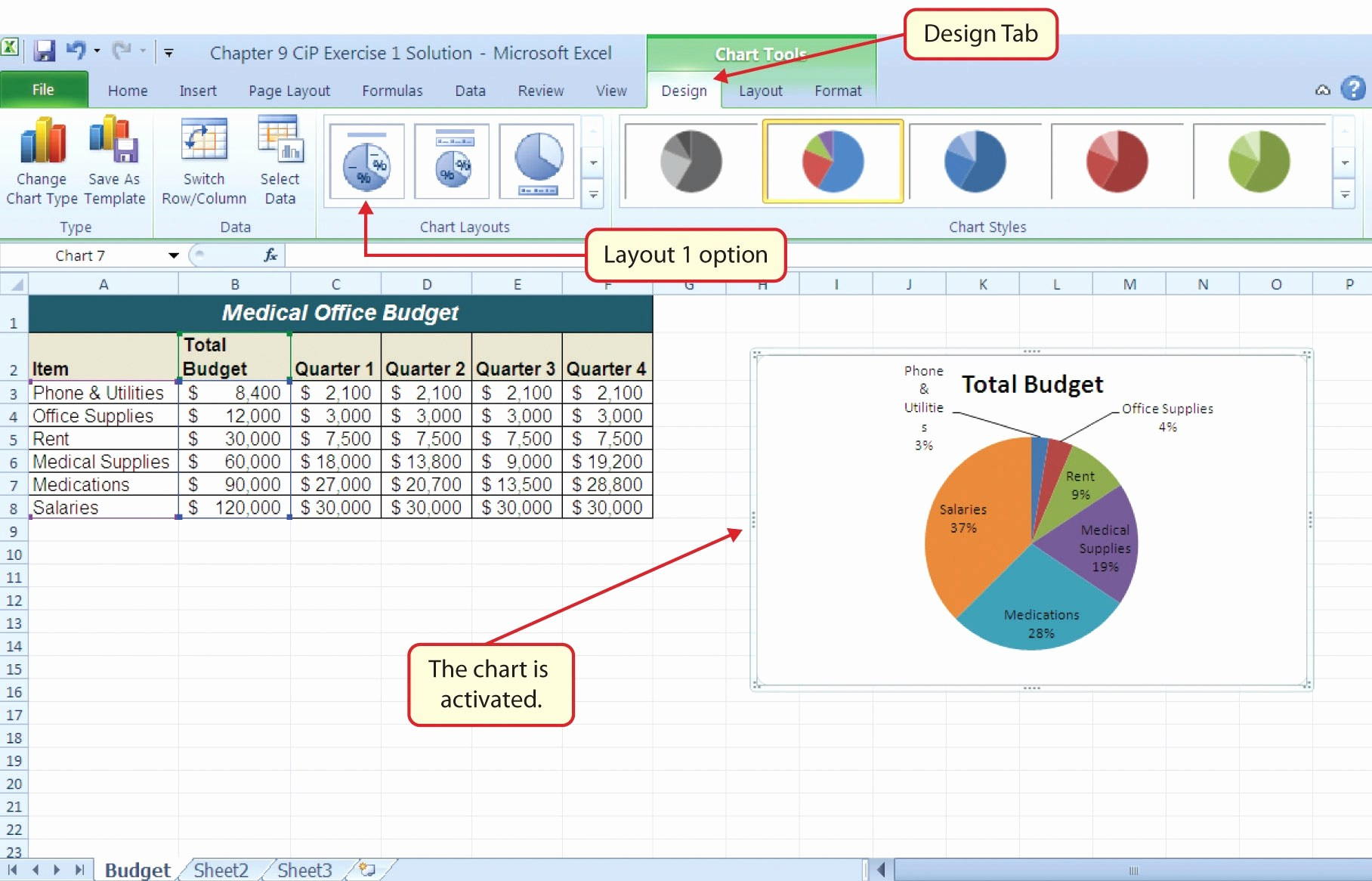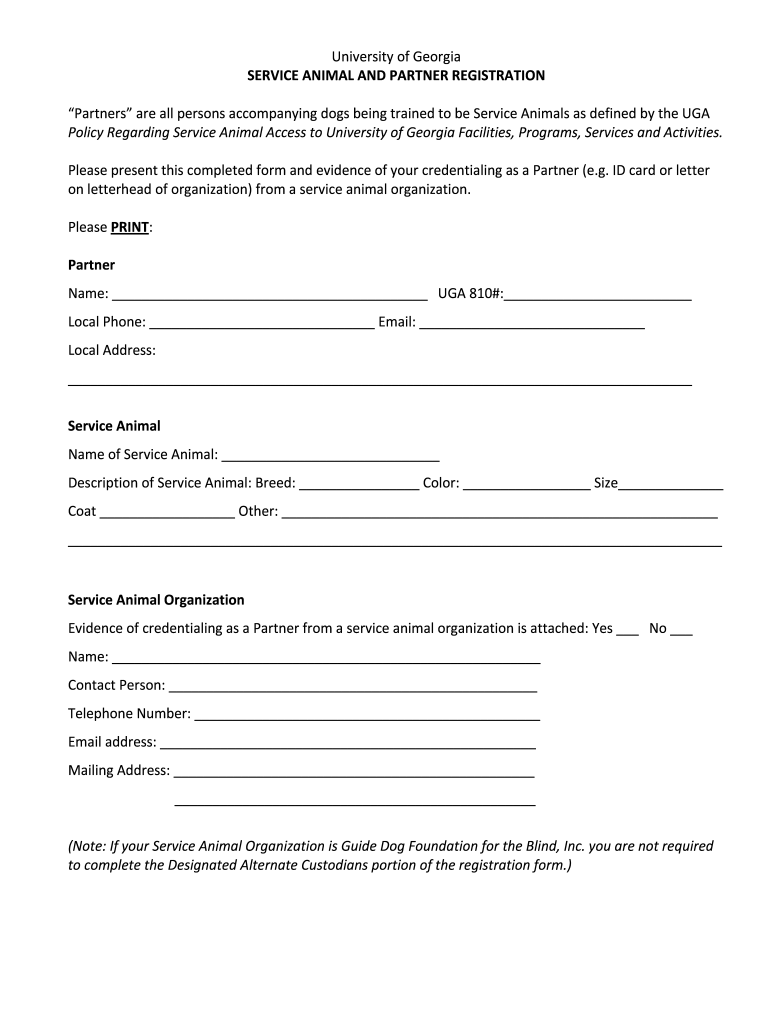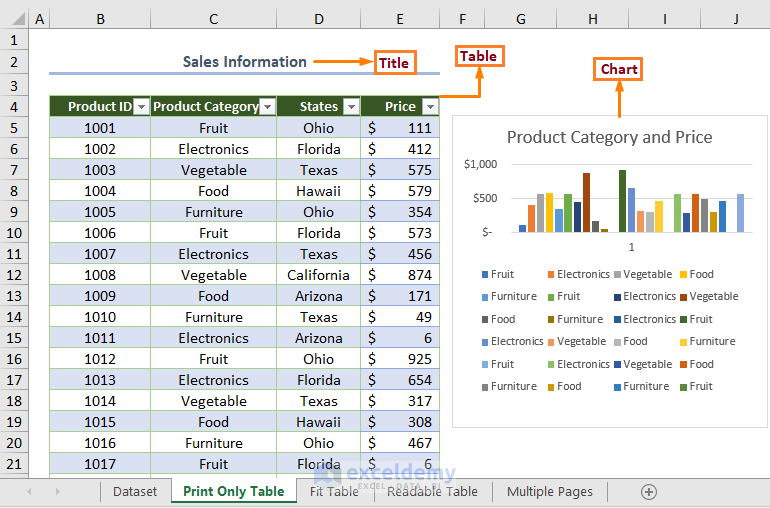Creating a Half Sheet Excel Spreadsheet: Easy Guide

Creating a half sheet Excel spreadsheet can be immensely useful for various applications such as tracking lists, schedules, inventories, and much more. This guide will walk you through the process of setting up and designing your own half sheet spreadsheet in Microsoft Excel, whether you're on a PC or Mac.
Step-by-Step Process to Create Your Half Sheet Spreadsheet

1. Open Microsoft Excel

Start by launching Microsoft Excel on your computer. Once Excel is open, you'll see a blank workbook ready for your input.
2. Adjust Page Layout

- Select the Page Layout tab at the top of Excel.
- Go to Size under the Page Setup section.
- Select Custom from the drop-down list.
- Set the width to 10.5 inches and the height to 8 inches for a half letter size (US letter half sheet). Adjust as necessary for different regional paper sizes.
3. Set Margins

With your custom page size defined:
- Still in the Page Layout tab, click on Margins.
- Choose Custom Margins, and set your margins to 0.5 inches on all sides if you want to maximize the printable area. You can adjust these according to your preferences.
4. Define Print Area

To ensure your content fits on one half sheet:
- Highlight the cells you want to print.
- Select Print Area under the Page Layout tab, then Set Print Area.
5. Design Your Spreadsheet

Now that the groundwork is set, you can start designing:
- Input your data or titles into the cells.
- Use Table Styles or manually format cells with borders, colors, and fonts to enhance readability.
- Add headers or titles using Merge & Center for uniformity.
- Ensure your design fits within the defined print area.
6. Preview and Adjust

Before printing or finalizing:
- Go to the File tab and select Print to preview your work.
- Check if all content is fitting correctly within the half sheet. Adjust text sizes or cell widths if necessary.
🔎 Note: Remember to check if your printer supports borderless printing for a cleaner look. Not all printers can print to the edge of the paper.
Using Half Sheets for Different Applications

Your half sheet spreadsheet can be adapted for:
- Inventory Lists: Keep track of items or supplies in a smaller format.
- Project Schedules: Organize timelines or Gantt charts.
- Checklists: For events, tasks, or daily/weekly routines.
- Financial Tracking: Budget planning, expense tracking, or simple balance sheets.
Each type of use might require different formatting and functionality:
- Use conditional formatting for visual cues.
- Incorporate drop-down lists or data validation for ease of use.
- Include calculations for sums or averages if needed.
Customize your half sheet to meet these varied applications, ensuring it serves the function you intended with maximum efficiency.
In summarizing the process of creating a half sheet Excel spreadsheet, remember to start with proper layout adjustments, define the print area, and then design with functionality in mind. Whether you're managing personal affairs or professional tasks, this size offers a compact, easy-to-handle document that can be adapted for numerous purposes.
Why should I use a half sheet size?

+
Half sheets offer portability, are more manageable for quick tasks, and can reduce paper usage, making them eco-friendly and cost-effective.
Can I convert a full sheet spreadsheet to a half sheet?

+
Yes, you can adjust the page size and margins to fit your existing spreadsheet onto a half sheet, ensuring you optimize content placement accordingly.
How do I ensure my half sheet prints correctly?

+
Always use the Print Preview feature to check how your spreadsheet will appear on paper. Adjust margins, font sizes, or content as needed before printing.



